Lorem ipsum dolor sit amet, consectetur adipiscing elit. Curabitur eleifend tortor nec augue pretium

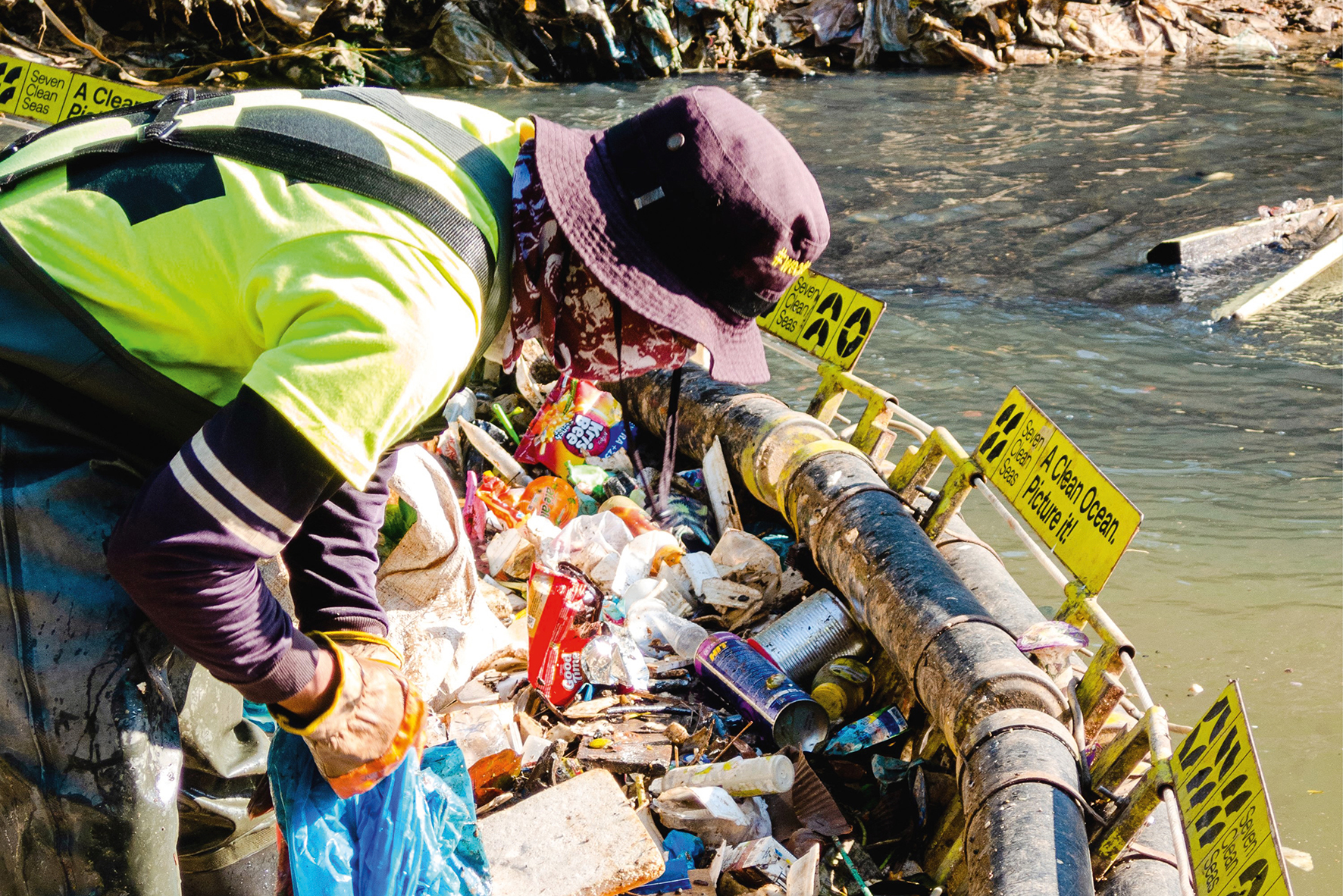
The amount of waste generated in Singapore has declined over the past decade – from 7.9 million tonnes in 2013 to 6.9 million tonnes in 2023, according to the latest statistics. This is also down year-on-year from 7.4 million tonnes in 2022.
However, the country’s overall recycling rate declined from 62% to 52% between 2013 and 2023. While non-ferrous metal and ferrous metal from construction and demolition each had a recycling rate of 99% last year, just 5% of plastics – 48,000 tonnes – were recycled.
Add to this the fact that textile/leather and food had recycling rates of 2% (5,000 tonnes) and 18% (132,000 tonnes) respectively last year, and it becomes clear that the need for a long-term solution to tackle overconsumption is great.
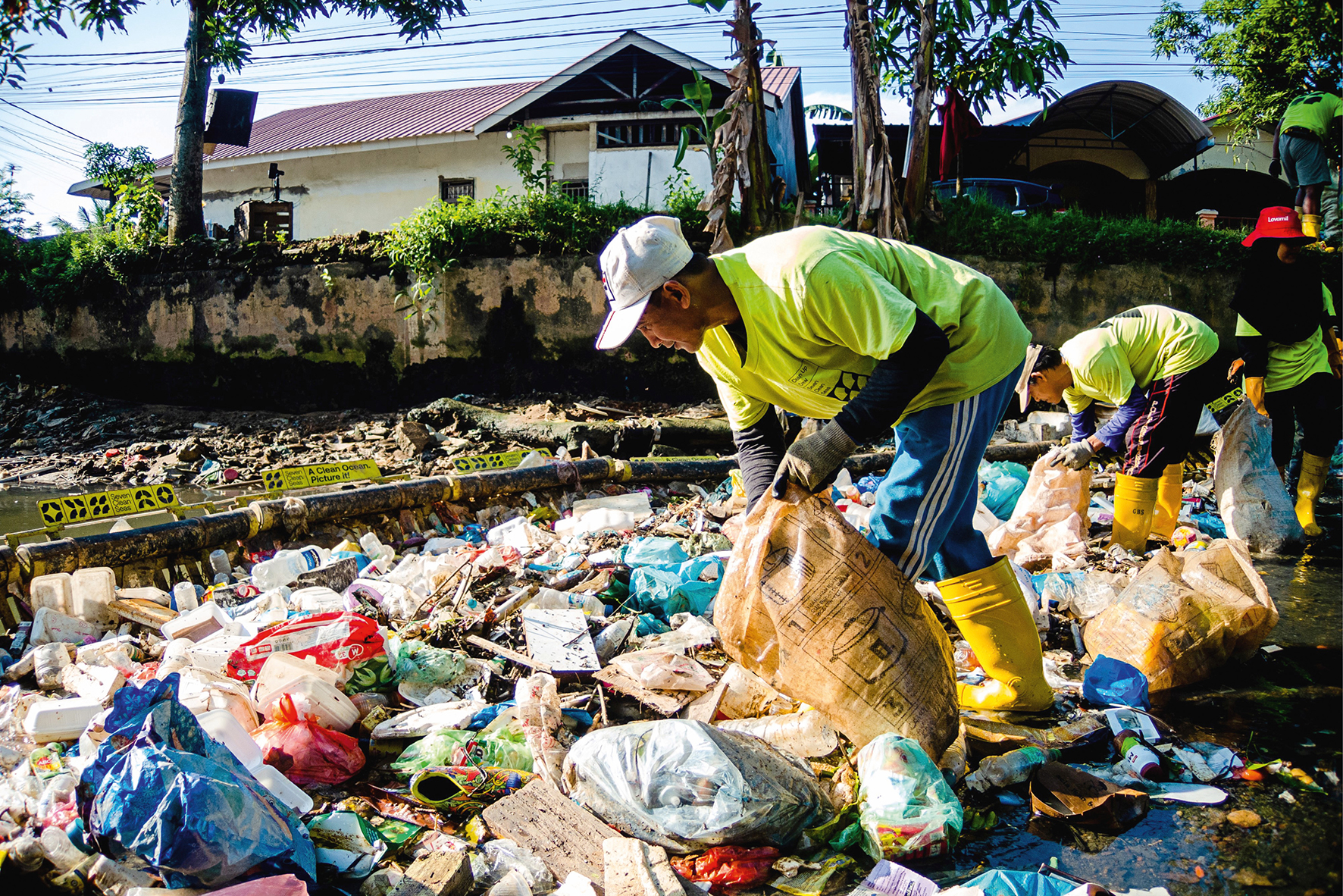
So given that Singapore’s only landfill site, Semakau, is set to be full by 2035, what are the country and wider organisations doing to meet these targets and close the waste loop?
While the National Environment Agency (NEA), Singapore’s government agency in charge of planning, developing and administering the county’s waste management systems, refused various requests to comment, it did highlight a number of ongoing initiatives.
These include the establishment of a new alliance aimed at reducing packaging waste in the e-commerce sector and a beverage container return scheme (BCRS) due to launch in 2026.
The NEA has also awarded more than S$6m (£3.6m) to three projects aimed at diverting plastic waste from incineration by either improving the recyclability of contaminated and hard-to-recycle plastics, or by developing sustainable packaging solutions that use recycled plastic materials and are easy to recycle.
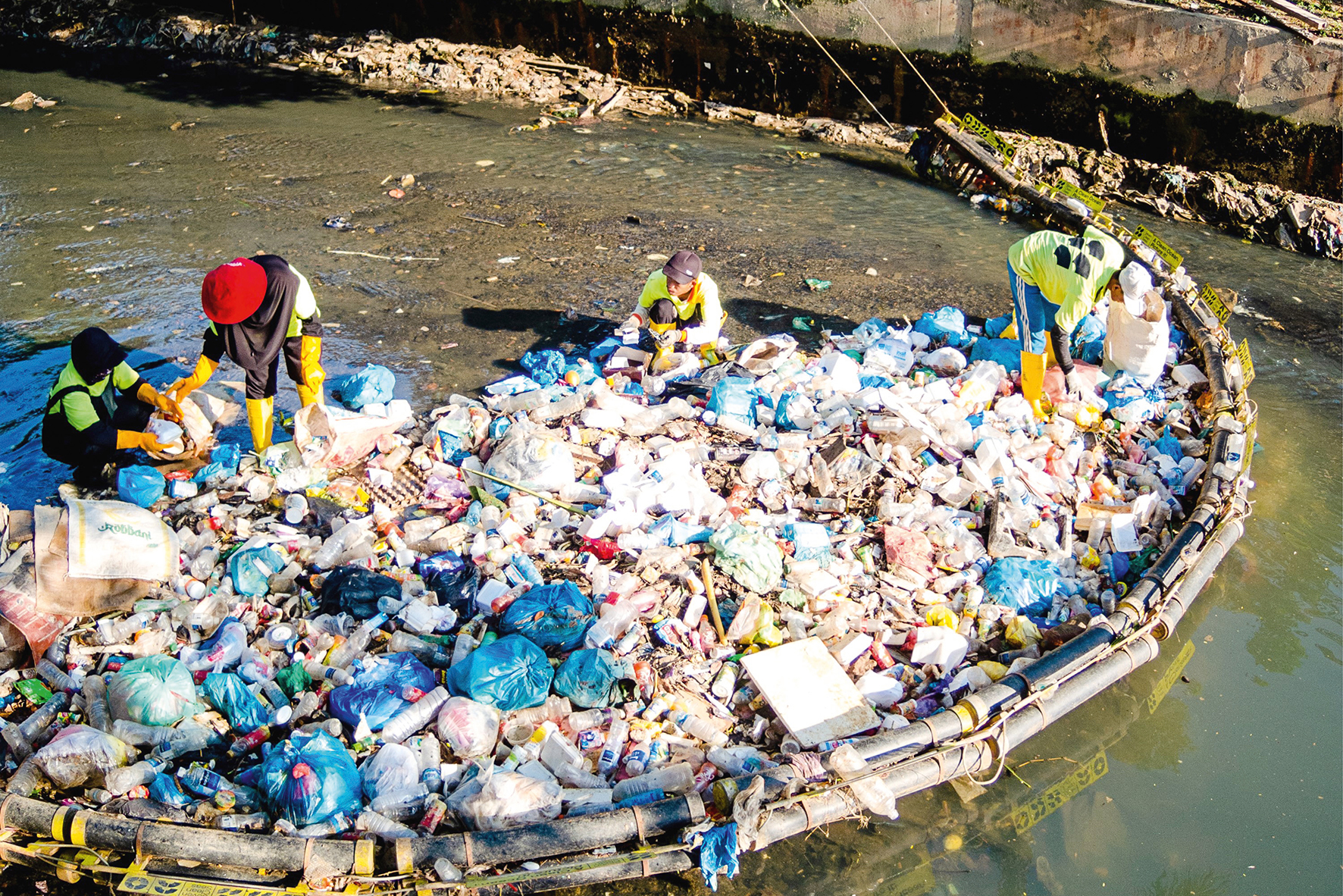
Cost, habit and caring about waste and recycling are the main challenges for Singapore, he believes. “In the private sector, if the volume of waste is not sufficient, you will most likely have to pay an extra fee to transport it,” Cesaro says. “Even if it’s a small cost, some organisations may be reluctant to pay it.”
One new regulation that Cesaro welcomes is the food-waste segregation and reporting framework. Under this, large food-waste producers such as factories, hotels and shopping malls have to segregate their food waste for treatment.
In terms of recycling, he highlights the upcoming extended producer responsibility approach for packaging-waste management, which the BCRS will fall under.
The lack of visibility in the waste disposal process, which includes segregation, collection, sorting and treatment, is a concern in Singapore, Cesaro says.
“Cities that tend to be good at achieving zero-waste targets decentralise waste management to make it closer to people so they can see how much waste is being generated. The idea is to mitigate the concept of ‘out of sight, out of mind’, which might drive change.”
One company doing this is Cloop, which collects textiles and apparel for reuse, repurposing and recirculation through its recycling bins, swap events, thrift pop-ups and educational workshops.
Cloop introduced Singapore’s first textile bin as part of a partnership with Life Line Clothing in July 2022, and now has more than 450 bins nationwide.
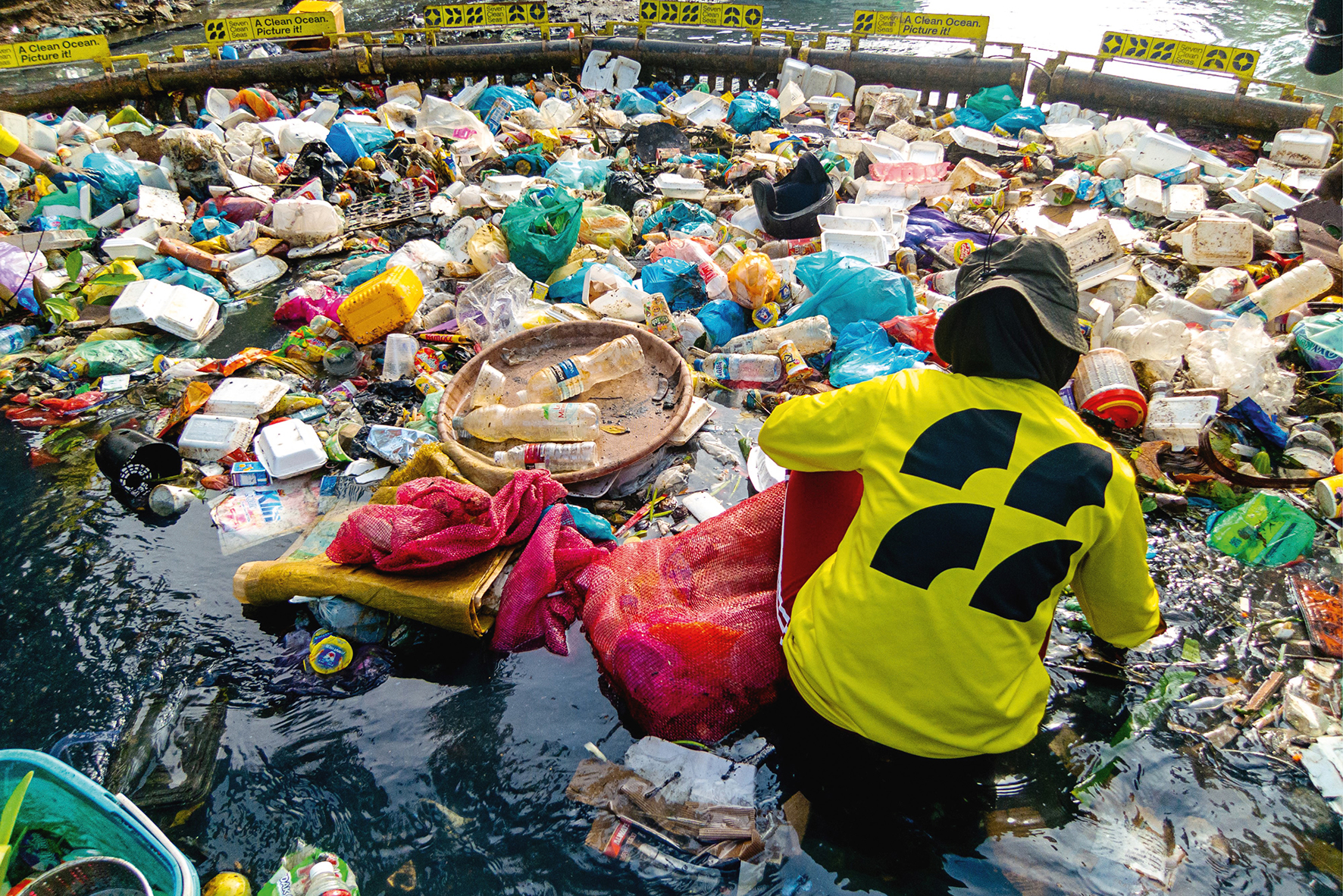
“These help divert some textile waste away from landfill to a more targeted recycler that will then segregate it into more than 500 categories for international circulation,” co-founder and eco-warrior Jasmine Tuan explains. “It just goes to show how much waste and overconsumption there is in Singapore.”
Tuan believes one reason for the recycling rate decline in recent years is a failed system. “We want to recycle and do the right thing, but the system doesn’t support that behaviour, or consumers don’t have the awareness of who’s doing what,” she says.
“It doesn’t help that Singapore’s waste management system is primarily dependent on incineration – our four incineration plants produce energy from waste. Now there is also research and development to turn the ash at Semakau landfill into something, so there’s no reason for us to reduce our waste in general. It’s a good solution for Singapore, but it’s not the best. Resources still go to waste here because of convenience and state-of-the-art waste management.”
For example, Tuan says students advocate sustainability, but when they segregate waste at school, the cleaners put it all together in a general waste bin that goes straight to incineration. “That discourages people who want to do the right thing, so we have to work together – the system has to help people,” she says.
Since its creation in 2020, Cloop has collected close to 5,000 tonnes of textiles through its recycling bins and rehomed 23,000 items of clothing at its swap events. The company’s aim, Tuan says, is to double the current textile recycling rate in Singapore.
“Our vision is to be a go-to resource hub for all things circular fashion, so for any material, or shopping or buying bundle, we have a solution under that one roof. It’s also a space for the community to come together to learn skills from one another – mending or experimenting using fabric waste,” she explains.
Beyond Singapore, ocean impact organisation Seven Clean Seas is on a mission to remove 10 million kilograms of plastic from our oceans by the end of 2025. With numerous plastic crediting projects across South-East Asia, including Indonesia and Thailand, Seven Clean Seas has successfully removed 4.5 million kilograms of plastic so far.
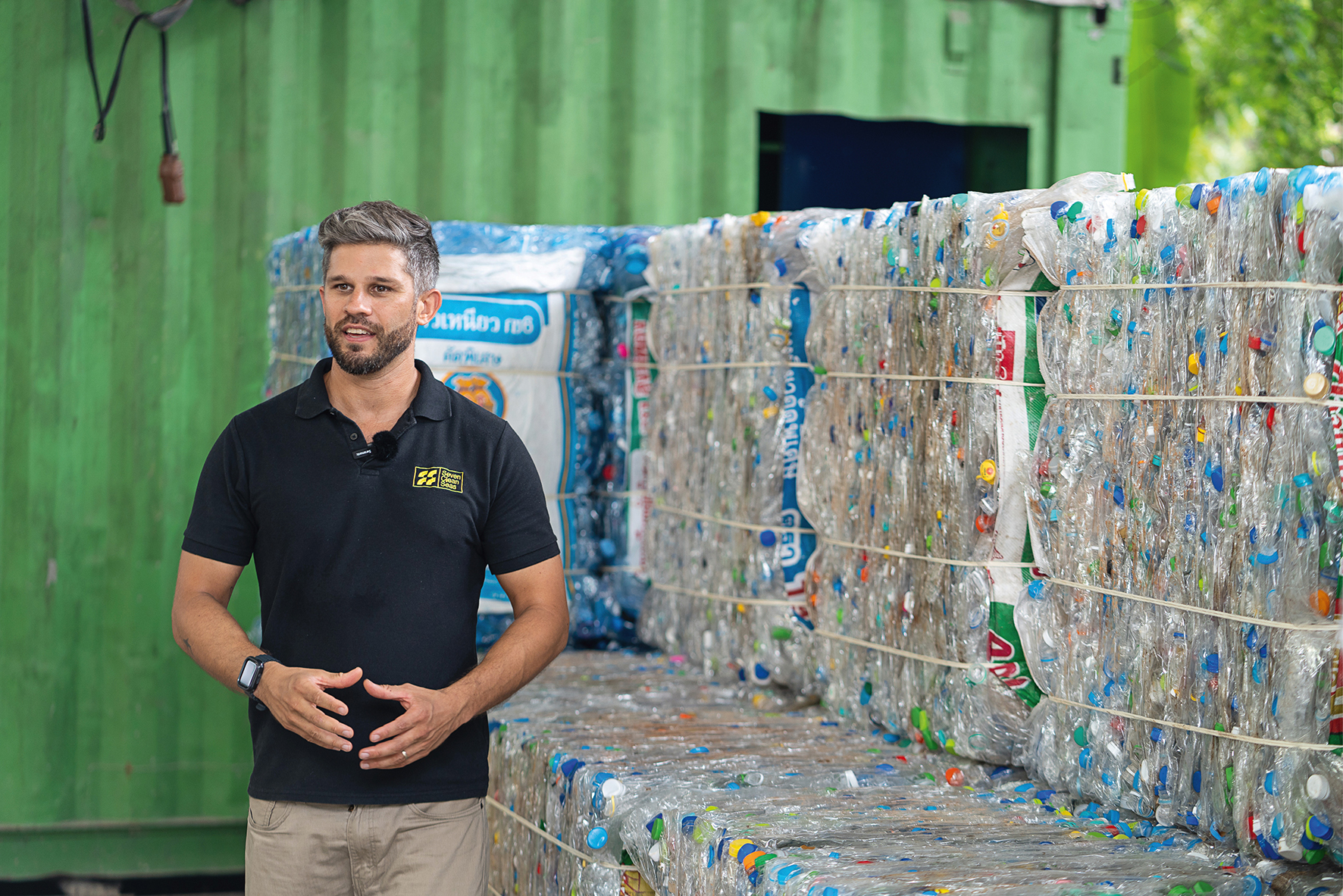
“Our goal is to build projects that intercept and prevent plastic from reaching the environment, as well as clean up plastic that’s already in coastal communities,” says Tom Peacock-Nazil (pictured left), founder and CEO of Seven Clean Seas.
While plastic credits are a useful tool, he says, they don’t replace the need for upstream reduction, investment in the circular economy, or regulations to mandate the reduction of plastic production in the first place.
Other innovative solutions the company has developed include corrugated roof tiles made out of shopping bags. “Almost all communities in coastal regions in Indonesia are choosing not to use tin because it corrodes in the salt air,” explains Peacock-Nazil. “They were using pure asbestos and had no clue about the negative health implications.
“Building regulations have now been passed for our corrugated roof tiles to be used in Indonesia. They’ve got the corrosion resistance capabilities that asbestos roofs would have, but they’re made from waste. “At the same time, it’s a mono polymer – low-density polyethylene – so at the end of its life, we can shred it up and mix it with more recycled plastic and turn it into more roof tiles.”
In addition, Peacock-Nazil says: “Our high-density polyethylene bottle caps and polypropylene food pots can get turned into big sheets that we’re now making into furniture and tabletops.”
For multi-layered and small-format packaging that’s highly contaminated, he says, Seven Clean Seas is mixing it with sand to make fire-retardant building bricks.
“Our recycling rates are sitting at around 15% today, which I’m incredibly proud about considering all the materials are degraded and contaminated,” Peacock-Nazil says. “It also beats the 9% plastic recycling rate globally.”
The solution for the little red dot, as Singapore is commonly known, lies in regulation, Peacock-Nazil and Cesaro believe.
“Singapore has this unique scenario where you cannot move the needle in circularity easily,” Peacock-Nazil says. “It needs to be led by regulation. The government has an opportunity to be the world’s best at something and they should continue to invest in it.”
Cesaro agrees: “I’m a big believer in regulation – if you want drastic change quickly, regulation is by far the best way.”
For further information about Cloop and Seven Clean Seas respectively, see www.cloop.sg and www.sevencleanseas.com
Katie Smith is a freelance writer and editor